Introduction
Blueberries, known for their vibrant color, sweet-tart flavor, and numerous health benefits, are a cherished fruit enjoyed by many. From their antioxidant-rich properties to their versatility in various culinary applications, blueberries offer a delightful addition to diets. However, fresh blueberries have a relatively short shelf life, which can be problematic for those who wish to enjoy them throughout the year. One effective way to extend the life of blueberries is by drying them. Dried blueberries retain much of their nutritional value and flavor while providing a convenient, long-lasting snack. This comprehensive guide will explore the process of drying and preserving fresh blueberries, ensuring you can savor their taste and benefits long after the harvest season.
Understanding the Drying Process
Before diving into the specifics of drying blueberries, it’s essential to understand the fundamental principles behind food dehydration. Drying involves removing moisture from food to prevent microbial growth and enzymatic activity that cause spoilage. By reducing the water content to a safe level, dried foods can be stored at room temperature for extended periods without refrigeration.

The drying process can be achieved through various methods, including sun drying, oven drying, dehydrator drying, and even air-drying using fans. Each method has its advantages and disadvantages, and the choice often depends on factors such as available equipment, time constraints, and desired texture and flavor of the final product.
Choosing the Right Blueberries
The quality of the final dried blueberries largely depends on the quality of the fresh berries used. Here are some tips for selecting the best blueberries for drying:
-
Ripeness: Opt for fully ripe blueberries that are firm and plump. Avoid overripe or soft berries as they may turn mushy during the drying process.
-
Variety: Different blueberry varieties have varying sugar contents and textures. Some varieties may dry better than others, so experiment to find your favorite.
-
Freshness: Use blueberries that are as fresh as possible. The sooner you dry them after picking, the better the quality of the final product.
-
Inspection: Inspect blueberries for mold, pests, or other imperfections. Discard any berries that do not meet your standards.
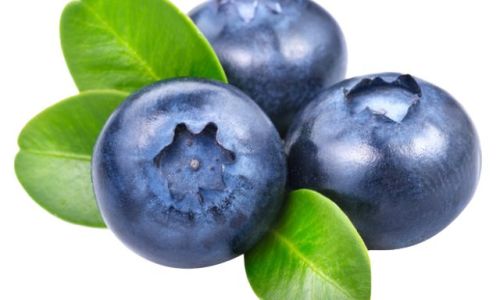
Preparation Before Drying
Once you’ve selected your blueberries, there are a few preparation steps to ensure successful drying:
-
Rinsing and Draining: Gently rinse the blueberries under cold running water to remove any dirt or debris. Drain them thoroughly on a clean kitchen towel or paper towels. Pat them dry to remove excess moisture.
-
Sorting: Separate the blueberries by size. Smaller berries may dry faster and more evenly than larger ones. You can also remove any stems or leaves at this stage.
-
Optional Treatments: Some people prefer to treat their blueberries with a solution of ascorbic acid (vitamin C) or lemon juice before drying to enhance color retention and prevent browning. This step is optional but can improve the visual appeal of the final product.
Drying Methods
Now, let’s explore the various methods for drying blueberries in detail:

Sun Drying
Sun drying is a traditional method that relies on natural sunlight to evaporate moisture. While it’s eco-friendly and cost-effective, it can be unpredictable and time-consuming.
- Setup: Spread the blueberries in a single layer on clean, dry trays or screens. Place these trays in a sunny, well-ventilated area.
- Duration: Sun drying can take several days to a week, depending on the intensity of the sunlight and humidity levels.
- Monitoring: Turn the blueberries occasionally to ensure even drying. Cover them at night or during rainy weather to prevent moisture from reentering the berries.
Oven Drying
Oven drying is a faster method that allows for more control over the drying process. However, it requires careful monitoring to prevent overcooking.
- Preheat: Preheat your oven to its lowest setting, typically around 150°F (65°C). Some ovens have a specific “dehydrate” setting.
- Arrangement: Spread the blueberries in a single layer on baking sheets lined with parchment paper or silicone baking mats. Ensure they are not overcrowded to allow for even air circulation.
- Duration: Oven drying can take anywhere from 4 to 12 hours, depending on your oven’s temperature and the size of the blueberries.
- Monitoring: Open the oven door occasionally to check on the progress and stir the blueberries to promote even drying. Be cautious of overdrying, which can make the berries too brittle.
Dehydrator Drying
A food dehydrator is specifically designed for drying fruits, vegetables, and meats. It provides consistent heat and air circulation, making it an excellent choice for drying blueberries.
- Setup: Follow the manufacturer’s instructions for setting up your dehydrator. Spread the blueberries in a single layer on the trays provided.
- Temperature and Time: Set the dehydrator to a temperature between 125°F and 135°F (52°C to 57°C). Drying time can range from 8 to 24 hours, depending on the model and the size of the blueberries.
- Monitoring: Check the blueberries periodically to ensure they are not overdrying. Some dehydrators have adjustable trays, allowing you to move berries to different levels as they dry unevenly.
Air-Drying with Fans

Air-drying using fans is a low-tech method that can be effective in dry climates. It requires patience and careful monitoring.
- Setup: Spread the blueberries in a single layer on trays or screens. Place fans around the trays to circulate air.
- Duration: Air-drying can take several days to a week, depending on the humidity and temperature of your environment.
- Monitoring: Ensure the area is well-ventilated and protected from direct sunlight, which can cause overheating. Stir the blueberries occasionally to promote even drying.
Storing Dried Blueberries
Once your blueberries are fully dried, proper storage is crucial to maintain their quality and extend their shelf life.
-
Cool and Dry Place: Store dried blueberries in an airtight container in a cool, dry place. Avoid exposure to direct sunlight and high humidity, which can cause mold growth.
-
Refrigeration or Freezing: For longer-term storage, consider refrigerating or freezing the dried blueberries. This will further extend their shelf life and preserve their flavor and texture.
-
Oxygen Absorbers: Using oxygen absorbers in your storage container can help create a low-oxygen environment, inhibiting microbial growth and extending the shelf life of your dried blueberries.
Conclusion
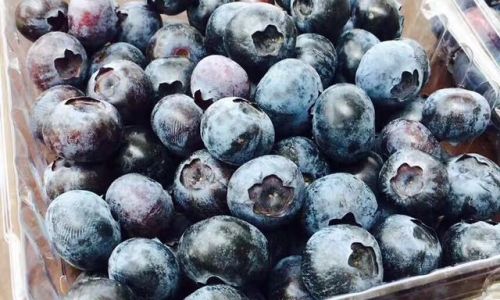
Drying and preserving fresh blueberries is a rewarding endeavor that allows you to enjoy their delicious taste and numerous health benefits year-round. By understanding the drying process, selecting high-quality blueberries, preparing them properly, and choosing the right drying method, you can create delicious, long-lasting dried blueberries. Proper storage is also essential to maintain their quality and ensure they remain a delightful addition to your diet for months or even years.
Whether you opt for sun drying, oven drying, dehydrator drying, or air-drying with fans, each method offers unique advantages and can produce delicious dried blueberries. Experiment with different techniques to find the one that best suits your needs and preferences. With a bit of patience and attention to detail, you can transform fresh blueberries into a nutritious, convenient snack that’s perfect for any occasion.
Remember, the key to successful drying and preserving is consistency and attention to detail. Monitor your blueberries closely during the drying process, and store them properly to ensure they retain their flavor, texture, and nutritional value. Enjoy the process and the delicious results!
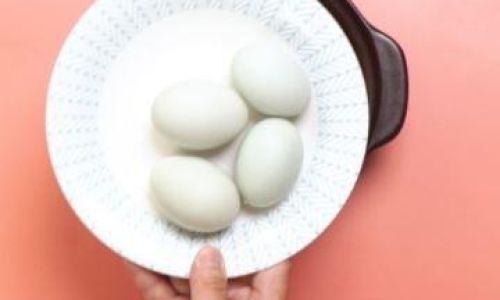

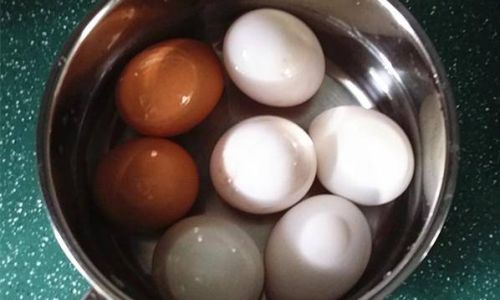
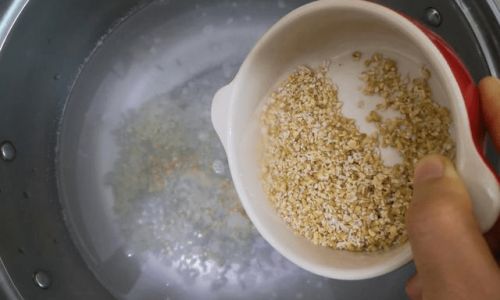
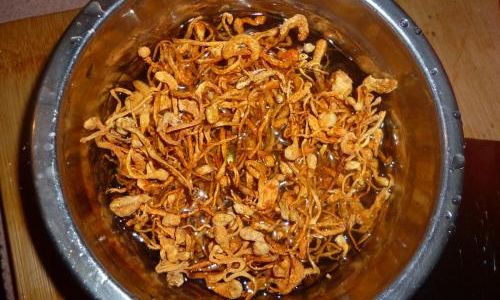
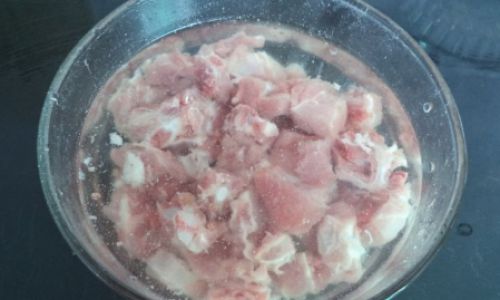
0 comments